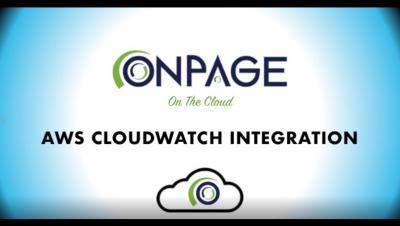The U.S. COVID Vaccine Distribution Plan: Challenges and Solutions
As coronavirus (COVID-19) continues to spread and new virus strains emerge, the public is frantically looking for answers regarding the U.S. government’s vaccine distribution plan. A sound vaccine distribution plan is especially crucial in times like these. All U.S. states, stretching from both coasts, are experiencing a vast number of COVID-related deaths and hospitalizations. The dire situation underscores the importance of having an effective, accelerated vaccine delivery process.




